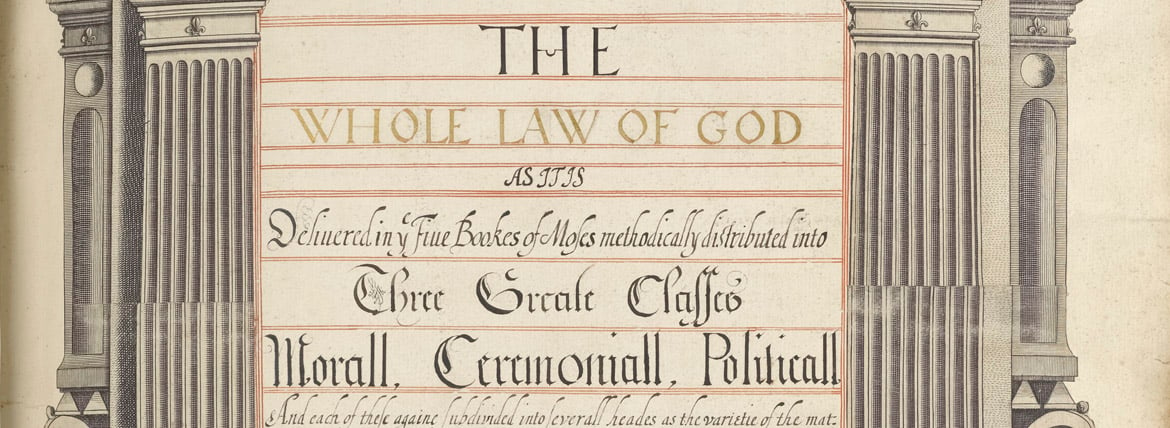
The Little Gidding Concordance
The story behind one of the treasures of the Royal Library
The community at Little Gidding
Nicholas Ferrar, born in 1592 in London, was the third son of a successful merchant. A delicate child, he was brought up under the influence his learned and religious mother. He himself was something of a prodigy and was sent to study at Clare College, Cambridge at the age of 13. Much valued there, he probably would have remained at the University, but his health remained poor and he was advised to travel abroad. In 1613 at the age of 21 he joined the retinue of the newly married Princess Elizabeth, sister of Charles I, and her husband Frederick V, Elector Palatine on a progress around Europe. He returned four years later and, instead of taking up a fellowship in Cambridge, he remained in London to care for his ailing parents. At this time he also showed a flair for business, becoming deputy of the Virginia Company in 1622.
The death of his father in 1620, the dissolution of the Virginia Company in 1624 and the threat of plague in 1625 convinced Nicholas to remove himself and his extended family from London to a small estate in Cambridgeshire called Little Gidding. Here, he led the community, including his mother, his brother John, sister Susannah and their children in a life of prayer and study. For this purpose, he himself was ordained and led services in the estate's chapel.
The life led at Little Gidding was highly structured, with set hours every day for different pious tasks. Reading aloud and as a group from the Bible and other religious texts was a mainstay of the community, as was prayer and night-time vigils. Both the boys and girls were well educated, and encouraged to study. The young women formed a group for discussion of moral and religious topics called the Little Academy. Records of their meetings still survive. As well as religious and academic pursuits, the community were also committed to providing education, medical care and food for local villagers.
The religious situation in England in the early 1600s was fragmented and tense. Religious groups ranged from Puritan to Catholic with many people identifying somewhere in the Anglican middle. Nicholas Ferrar and his community were protestant Anglicans, with some high church leanings.
Although still firmly protestant, the community advocated a degree of ceremony in the church service, use of the Book of Common Prayer and the altar, and use of some religious imagery. The community shared this approach to Anglicanism with Charles I and his court. However it earned both the court and the community aggression and suspicion from more puritan groups. During the more severely puritan interregnum that followed the execution of Charles I, such activities as illustrating Bibles and using the Book of Common Prayer were forbidden.
Little Gidding thrived in a period almost exactly matching the reign of Charles I, between 1625 and the early 1640s, and enjoyed his patronage. When puritan parliamentary forces ousted Charles, the community too was disbanded.




